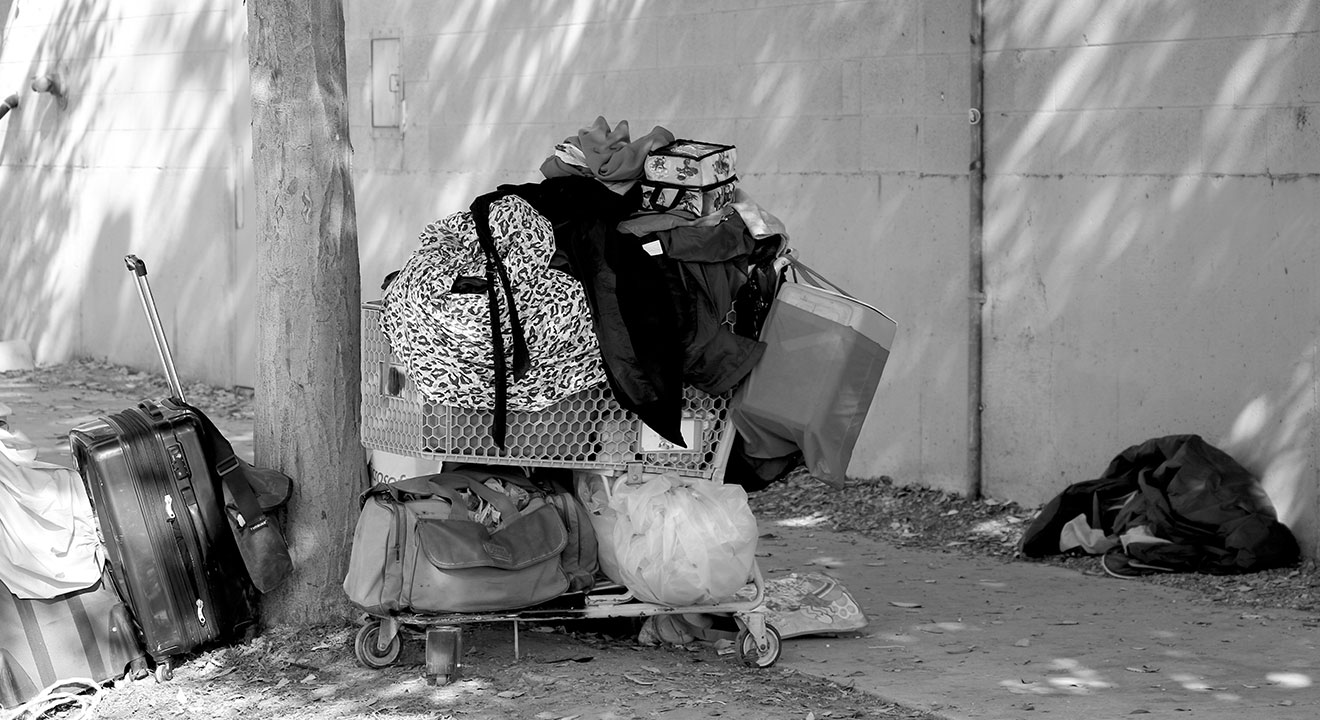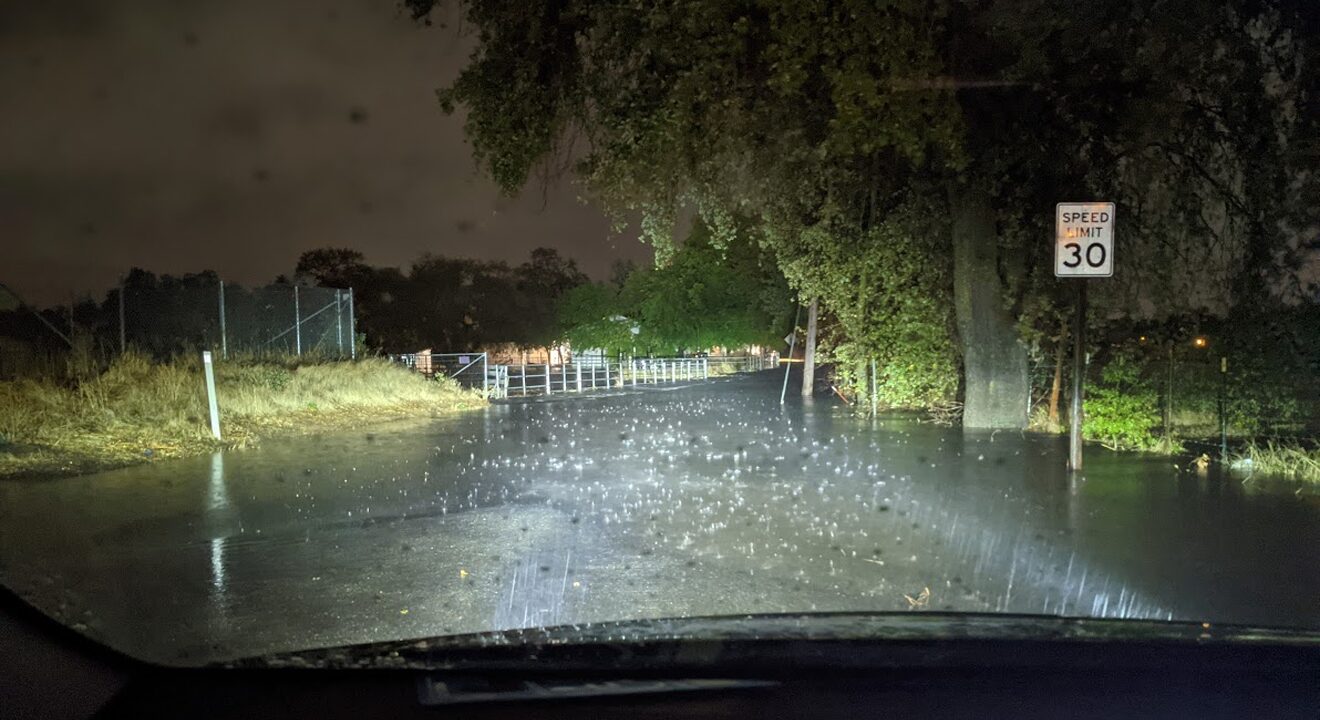
We are all aware that the county’s homeless population has been growing and we can see the impacts every time we leave our houses. As we continue to tackle homelessness, we run into challenges at almost every turn including state laws, court decisions, pandemics, and judicial rulings. That being the case, we are constantly adapting our approach and, I am happy to say, enhancing the ways we try to solve the homeless problem.
The solutions we have put forward include increased access to treatment for mental health and drugs and alcohol addiction, and we are increasing our outreach to connect people to those services. While treatment for mental illness and addiction is the best thing we can do to help people get off the streets, it will never be enough on its own. We have to do more than treat the root causes and offer options that help connect people to services and get them into safer environments. For that reason, Sacramento County is moving forward with a plan to establish sanctioned encampments throughout the county, and shutting down the illegal encampments.
A sanctioned encampment is almost certainly what you think it is: an area designated by the county for homeless individuals to live/camp legally and safely. While this may not sound like something you want to get excited about and might even concern you, I believe this is the best thing we can do at this time. First, Sacramento County cannot get back to enforcing ordinances that prevent camping on public land until we can offer an alternative due to a decision at the 9th Circuit Court of Appeals. Second, a sanctioned encampment is far preferable to unregulated camping.
We have learned from the failures of other sanctioned sites and intend to keep the county’s new sites staffed at all times, regulated to prevent drug use and other criminal behavior, and we will put them in the areas that will see the greatest benefit. By areas that will receive the greatest benefit, I mean the areas currently being the most heavily impacted by unchecked campsites. While many people may jump to the conclusion that the best place to put a sanctioned site is as far from developed areas as possible, the real best approach is to find locations that are near where large groups of homeless people are already dwelling. This ensures we get the most people we can living in sanctioned encampments because it is an area they already have a connection to.
Most importantly, sanctioned encampments are more than just a place for homeless individuals to sleep. We will be using them as an opportunity to connect individuals to the services we know they need to get into transitional or permanent housing and back to a self-sustaining lifestyle. Sanctioned encampments will have the benefit of being staffed by mental health and behavioral health professionals that can get at the issues that are keeping so many people trapped in homelessness. Regardless of whether or not substance abuse or mental illness is the cause of a person’s homelessness, for many it has become part of what prevents them from escaping homelessness.
Again, while this may not sound ideal to some, and I am sure there are people who are worried that one of these encampments will be near where they live, shop, or dine, I am confident this is the right move. Fewer homeless individuals making campsites around the county is a good thing. Increasing outreach and connection to drug/alcohol treatment and mental health services is a good thing. And getting the power back to shut down illegal camping sites all over the County is also a good thing. These sanctioned encampments are the balance between compassion and toughness my constituents have been telling me they support for as long as I have been a Supervisor. This is just one of many important steps we must take as part of our comprehensive approach to relieving the County’s homeless crisis.
Thank you for reading – and as always, if you want to contact me, call me at 916-874-5491, or e-mail me at SupervisorFrost@saccounty.net.
Sacramento County Supervisor Sue Frost represents the 4th District, which includes the communities of Citrus Heights, Folsom, Orangevale, Antelope, North Highlands, Rio Linda, Elverta, and Rancho Murieta.


















